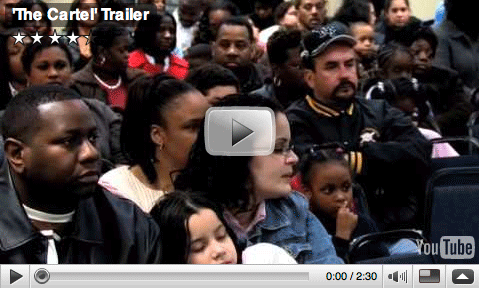New Jersey is #1 in spending per public school student. Where does it go?
The state spends around $55,000 on average for teachers’ salaries at Paterson’s JFK High School. But total per classroom spending in the school runs to $313,268.
Here are classroom spending numbers for other schools:
Keansburg High, Keansburg, $339,592
Asbury Park High, Asbury Park, $346,569
Trenton Central High, Trenton, $366,716
James Ferris High, Jersey City, $398,666
Memorial High, West New York, $417,919
Abington Avenue Middle School, Newark, $436,096
Where does the money go, and why so much?
Perhaps because New Jersey has 616 school districts. In contrast, Maryland has only 24 school districts.
The average school district in Maryland has 35,000 students. The average in New Jersey is 2,300 students. Think about the difference in administrative costs. While 35,000 students in Maryland have one superintendent and district administrative office, 35,000 students in New Jersey have 15 superintendents and district administrative offices.
Or perhaps because of contractual agreements. When an Asbury Park superintendent resigned over a “clash of leadership styles,” the school board agreed to pay him a $310,000 severance fee along with $40,000 of his legal costs to go with his $120,750 annual salary.
Or misplaced priorities. Malcolm X Shabazz High School in Newark devoted $30 million to a new football stadium. In fact, an audit of school spending in low-performing districts in New Jersey concluded that 29 percent of expenditures were not “reasonable.”
Or maybe because many school board elections are not held on presidential election days.
These are some of the bizarre and dismaying facts and stories recounted in a new education documentary entitled The Cartel.
The director is Bob Bowden, a long-time New Jersey journalist and news anchor. The 90-minute film contains one abomination after another, complete with interviews with whistle-blowers, teachers, politicians, and education officials, including Chester Finn and Paul Peterson.
More material from the film:
Looking at funds pouring into troubled schools, one Trenton councilman sums it up: “The worse we do, the more money we get.”
The Pleasantville district has had 13 superintendents in the past 10 years, and not long ago five school board members were indicted for taking bribes.
A teacher in Camden reports that she was threatened with dismissal if she talked about a school’s policy of changing grades to make the school’s performance look stronger.
An award-winning history teacher in Trenton talks about “ghost-salaries, phantom-salaries, salaries for people who did not exist” on the budget.
Another teacher wanted to start a garden club after school, but union rules wouldn’t let her spend after school hours doing so.
According to a teachers union watchdog group, “The Newark school district has about 3,850 tenured instructional staff. Many of them are hard-working, committed educators. But can it be true that no more than .032% of tenured teachers are unfit to teach school?”
A former-principal estimates that 30-40 percent of his teachers should have been replaced. When the interviewer tells the head of the New Jersey teachers union that only .03 percent of tenured teachers have been let go, and wonders if the other 99.97 percent are really fully qualified, she answers, “I think 99.97 success rate should be celebrated. That’s something we should be saying, ‘Wow!’”
There is more, much more in the film. Cronyism and corruption are the themes, inside experience that proof. It’s an exposé that deserves wide coverage.



